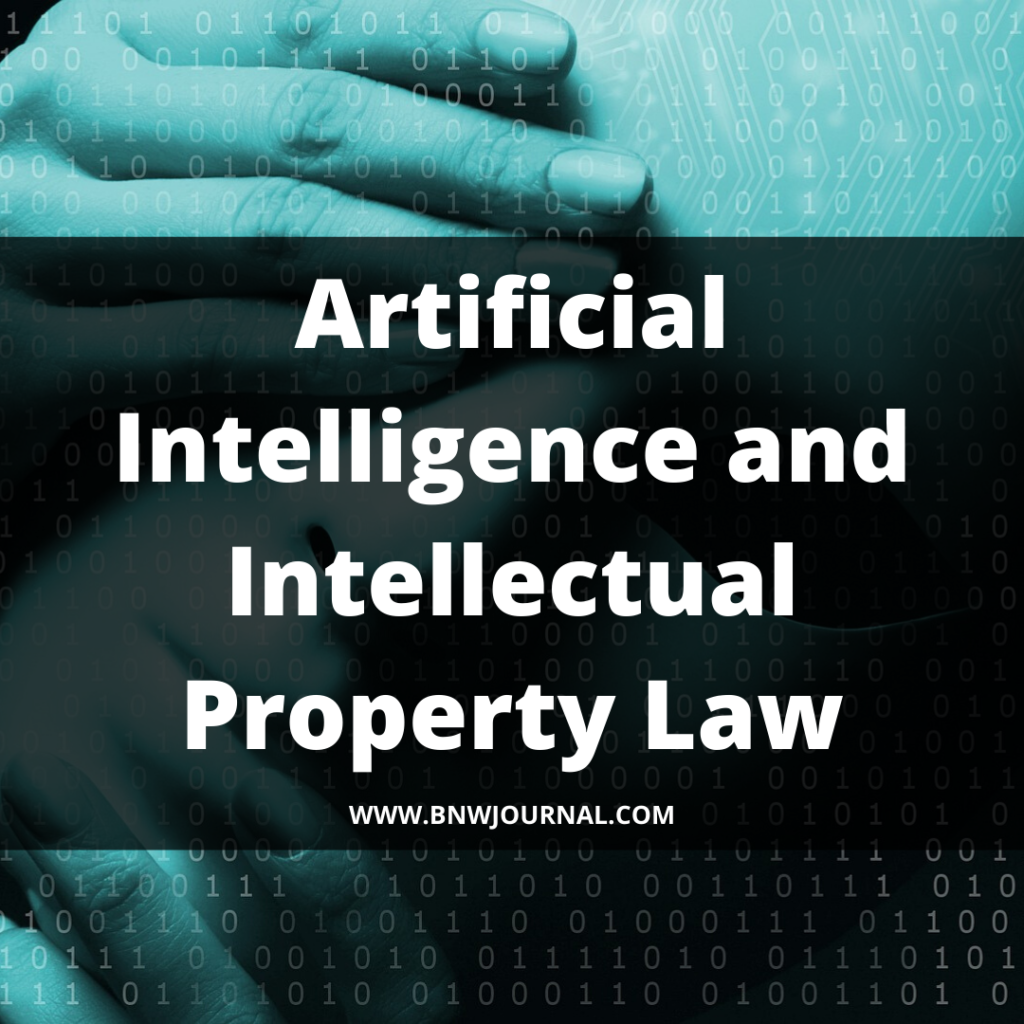![]()
INTRODUCTION
Artificial Intelligence has been a relatively new field that holds promises for the centuries to come. The whole concept of manipulation of data of huge volumes, rather swiftly and efficiently, analyzing patterns and identifying the most optimal solution; while governing the parties at hand is applicable in the present ever-growing scenario. However, the emergence of Artificial Intelligence has also been an era where big data and huge decisions concerning those can lead to challenges and conflicts.

Artificial Intelligence has the ability of tweaking and managing the flow of data; thereby, delivering the best possible solution to everyone. Hence, Artificial Intelligence goes hand in hand these days in terms of technology for organizations wanting to extremely complex data-heavy challenges. Digital retailers are using robots that are secured with Artificial Intelligence to run their warehouses. Moreover, Artificial Intelligence has been used to estimate utilities such as electricity demand. Artificial Intelligence is also used these days to secure the ever-increasing data demand.
Hence with the increasing intersection and correlation of Artificial Intelligence with every other field, Intellectual Property is one such field where Artificial Intelligence can bring about a profound effect. Artificial Intelligence when deployed into Intellectual Property can help deploy daily tasks in a very effective and simplistic manner.
INTERRELATION OF ARTIFICIAL INTELLIGENCE AND INTELLECTUAL PROPERTY RIGHTS
Some of how Artificial Intelligence may help in bringing an advancement in the field of Intellectual Property are as follows:
- Improves Efficiency and thereby Reduces Risks
The administrative tasks involved in Intellectual Property is one of the most risky and time-consuming areas of Intellectual Property. A lot of Law firms and Intellectual Property departments from the corporate field cover numerous amounts of individual items of data, across several jurisdictions, dealing with many different products. This process was slow because of it took place manually in the past.
For example, a company has a single patent and applied for its protection in several different countries. In this case, having a network of patent agents, who are familiar with the involvement of processes to gain the protection of the patent in those countries, then this, would certainly be a boost to the economy of the company. At the same time, there is saving of a load of paperwork ; considering there is a system with an AI-supported mechanism that generates the documents in different languages on requirement.
As an initial step, without an AI simulated mechanism, assessment of information happens manually and put into a management system. This would lead to a generation of any processing errors. If this is applicable to multiple patents then the scope of error is limitless. Intellectual Property remains the most valuable asset for most companies. A trivial error in the proper input of a renewal date could lead to a loss of millions of rupees. The World Intellectual Property Organization has estimated that around a quarter of entries of patent information is wrong.
There are several disadvantages as there is a considerable loss of time and money; this is due to the manual labor that is a requirement for the input of the data. Hence, an automated system of inputting data would help the company to strategize on more fruitful areas. Artificial Intelligence has the possibility of bringing about adeptness at efficiently processing large amounts of data swiftly. The company can therefore; focus on other information with regards to the future performance and so forth.
Also, by automation of data inputs and ensuring that every single Intellectual Property has a unique identifying code, corresponding with various patent offices and networks can be sorted. An engine secured with Artificial Intelligence can be used to deploy the relevant information, resulting in rapid outcomes.
- Assists in Search and Analytics
Several Intellectual Property assets are globally growing. According to the World Intellectual Property Organization there has been an increase in patent filings by 7.8% between the years 2014 -15. The upward slope in patent filings has continued for the past 20 years.
Artificial Intelligence and Machine Learning have made it more convenient for the process of searching for databases and at the same time it has become much easier to store data to improve the accuracy of future searches. For example, if a company is looking to exploit Intellectual Property in new regions. They would consider the best countries to apply for such protection. In this scenario, using of cross-referenced data to gather the strengths and weaknesses of the markets in a country is achievable. This kind of research that would have taken months to execute can now be achieved in a few minutes due to the intrusion of Artificial Intelligence.
- Provides Driving Insights
A large number of Intellectual Property portfolios have strengths and weaknesses. By analyzing sets of data that are large, Artificial Intelligence can help provide companies to understand their strengths and weaknesses in terms of competitors and get an insight into their opportunities in markets.
CONCLUSION
Artificial Intelligence can thus provide real value to companies that need to solve complex issues. Within IP management, Artificial Intelligence can empower Intellectual Property professionals. Artificial Intelligence will help Intellectual Property professionals to generate different business perspectives and open up to new markets and get a better insight into where the next generation of Intellectual Property investment should arise from.



0 Comments